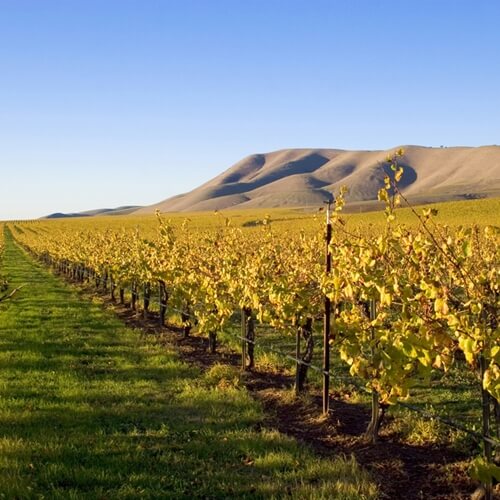Climate Change May Alter the Wine Industry Landscape

When most people think of climate change, they don’t imagine the ramifications on industry. This global event not only means no more polar ice caps, it also means a change in the landscape of the wine industry. As a student of an online culinary arts program, you may be interested to know which regions you’ll be getting your grapes from in the future.
Growing grapes
The climate in which a grape grows affects its taste and qualities when it becomes a wine. For example, while the grapes used for shiraz and syrah are the same, these two wines are produced in different regions. The former is grown in a warm climate and has a fruity, jam-like flavor. The latter grows in cooler regions and has olive notes. However, this standard may change as global warming alters the climates of prominent wine regions.
According to a study conducted by Hanz R. Schultz, professor at the Geisenheim Research Institute, temperature and precipitation are the two key factors in grape growing. Droughts can kill a crop and the wrong temperature can cause damage. A rise in temperature may increase evaporation rates, preventing vines from getting the moisture they need. Ultraviolet light even plays a role in agriculture, and some speculate that an increase in UVB light may decrease the quality of grapes.
Wine-producing regions
According to U.S.A Today, within 30 years, California’s optimal growing regions could shrink. By 2039, about 50 percent of the state’s wine region could become too hot for growing grapes. Additionally, the average temperature across the U.S. will increase by 2 to 4 degrees by 2020. International regions aren’t much better off.
“Climate change can and will affect all fine wine-growing regions worldwide, but the results will not necessarily be a blanket effect,” the Napa Valley Vintners said in a statement.
Schultz believes that northern and eastern areas of Europe, such as some parts of England and Russia, will be able to grow grapes in the future. Perhaps you’ll be looking for a fine English wine rather than French varieties around 2050, in what some call the “great grape migration.” Avid wine drinkers don’t have to fear the end of good wine, they’ll just look to different vineyards than their parents did.
No matter what region grapes will be grown in down the line, vineyards will have to develop strategies to overcome whatever issues climate change presents. What those solutions will be is still unknown.


